I do not remember exactly when it was, but I do remember the experience. I had never heard such a bass from any speakers before, and after a few tracks, I concluded that these had to be my dream speakers. The chubby Bowers & Wilkins speakers had a 12-inch woofer in a separate enclosure, and the midrange and tweeter were placed in separate chambers on top of the bass cabinet.
The speaker was the Bowers & Wilkins 801, the ancestor of today’s 800 series, which has been around since 1979, and it’s no exaggeration to say that the 800 series is among the most legendary speakers ever.
The new 800 D4 series is the latest generation, but now the 801 is equipped with two 10-inch base units, of course in its own cabinet, and midrange and treble placed in separate chambers upstairs.
I have always thought that the top and bottom of the 800 series have been the best 800 speakers and that there has been a bit of uneven performance on the other versions in the middle of the series. But after testing the smallest, the 805 D4, I can not wait to hear the other speakers in the latest generation of B & W’s legendary 800 series.
The relatively compact 805 D4 looks almost exactly like the predecessor 805 D3. They have the same two-way configuration with a 6.5 inch midwoofer, and a 25 mm treble in a separate housing on top.
But here the similarities end.
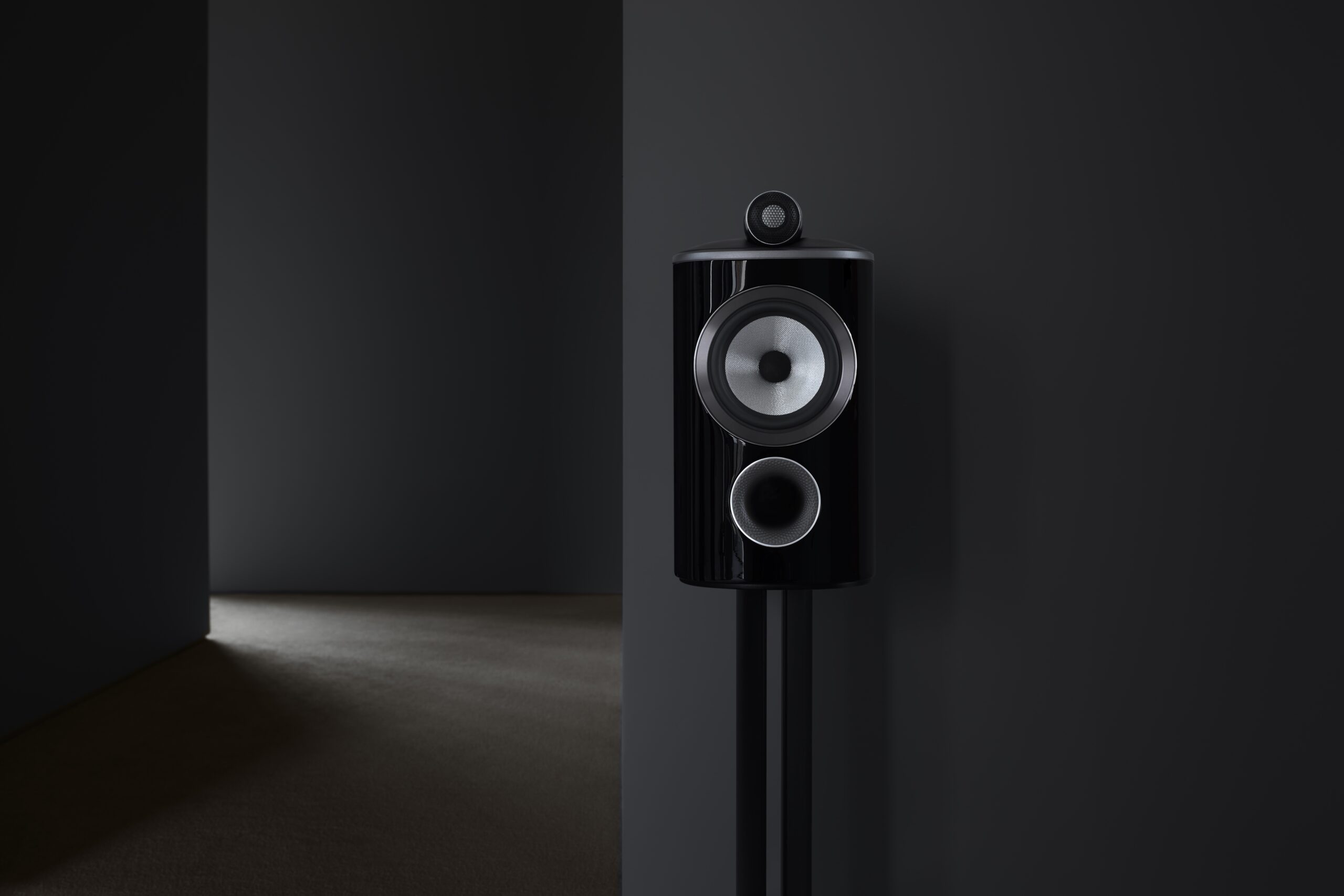
“Reversed” cabinet
The new 805 D4 is a completely new model, which despite the similarities with its predecessor is a much more advanced and refined construction. Let’s start with the cabinet. Which, ever since B&W started with their Matrix enclosures, has been a major factor in performance.
Previously, 805 (and 804) had conventional cabinets, but now they have B & W’s Reverse Wrap cabinets, where B & W’s cabinet makers use high frequency high pressure to make a horseshoe-shaped cabinet of 12 layers of thin wooden boards, and the units are mounted on the front of the cabinet. stiffest part, and then it is braced with a knurled metal back plate.
The crossover filter is mounted directly on the metal plate for better cooling and resonance control. It has a Mundorf Supreme SilverGold.Oil capacitor with so-called copper/angelique windings and is connected to four solid cable terminals on the back.
In the larger models, 801, 802 and 803 D4, the front is further reinforced and braced with curved aluminum plates and the Matrix skeleton inside for further resonance control.
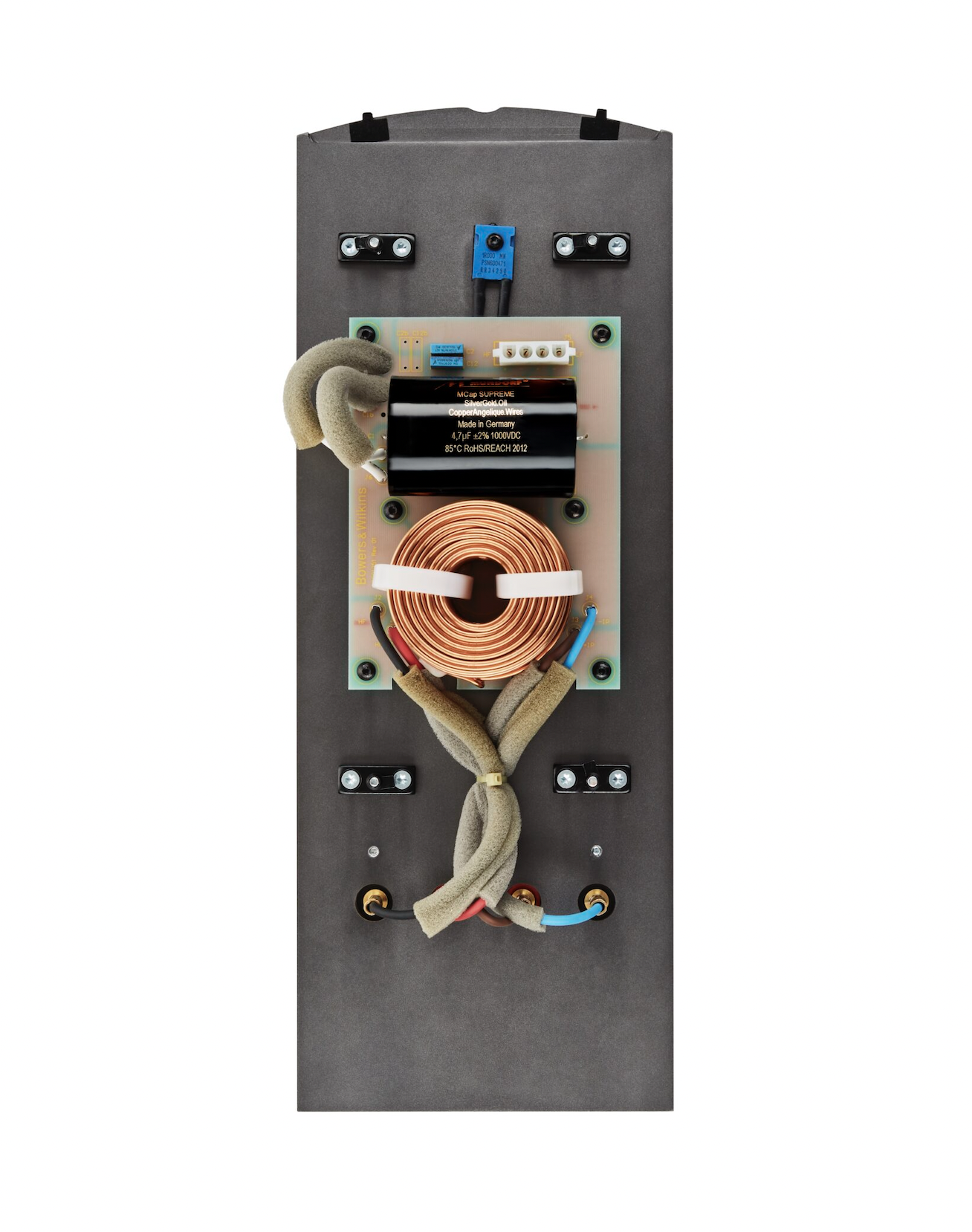
New top plate
All models except the 804 D4 have a stiffer top plate in leather-covered cast aluminum, which further stiffens and dampens the cabinet. If you knock on the 805 D4, you can hear how extremely well-damped the cabinet is. It emits almost no sound, even if you hit it hard with your knuckles.
If you choose a white or black lacquered cabinet, you get seven and eight coats of lacquer, respectively, before the lacquer is sanded, then hardened for two weeks and finally polished. The 800 D4 Series speakers are also available in a light walnut veneer or a darker rosewood veneer.
At the top is B & W’s 25 mm tweeter unit with membrane made of artificially made diamond material. It sits in a new, extended aluminum housing – milled out of one piece – which according to B&W should provide a more open and airy treble reproduction.
The housing, which is open at the rear to counteract compression and distortion, sits a little looser on the top plate than before. This is to dampen any resonances even better, according to B&W.
The 6.5-inch midwoofer in the 805 D4 has B&W’s well-known Continuum diaphragm. Which, because it’s a combined bass/midrange, does not have B & W’s upgraded biometric suspension. That it is used only on the midrange units of the 800 D4 series.
The stands, moreover, deserve their own section. They are a must for the 805 D4, and the new version has steel inserts in the base and adjustable spikes in the bottom. The speakers are screwed to the top plate with four screws, and when everything is set up correctly, you get a rigid platform for the speakers, which uses its mass as damping.
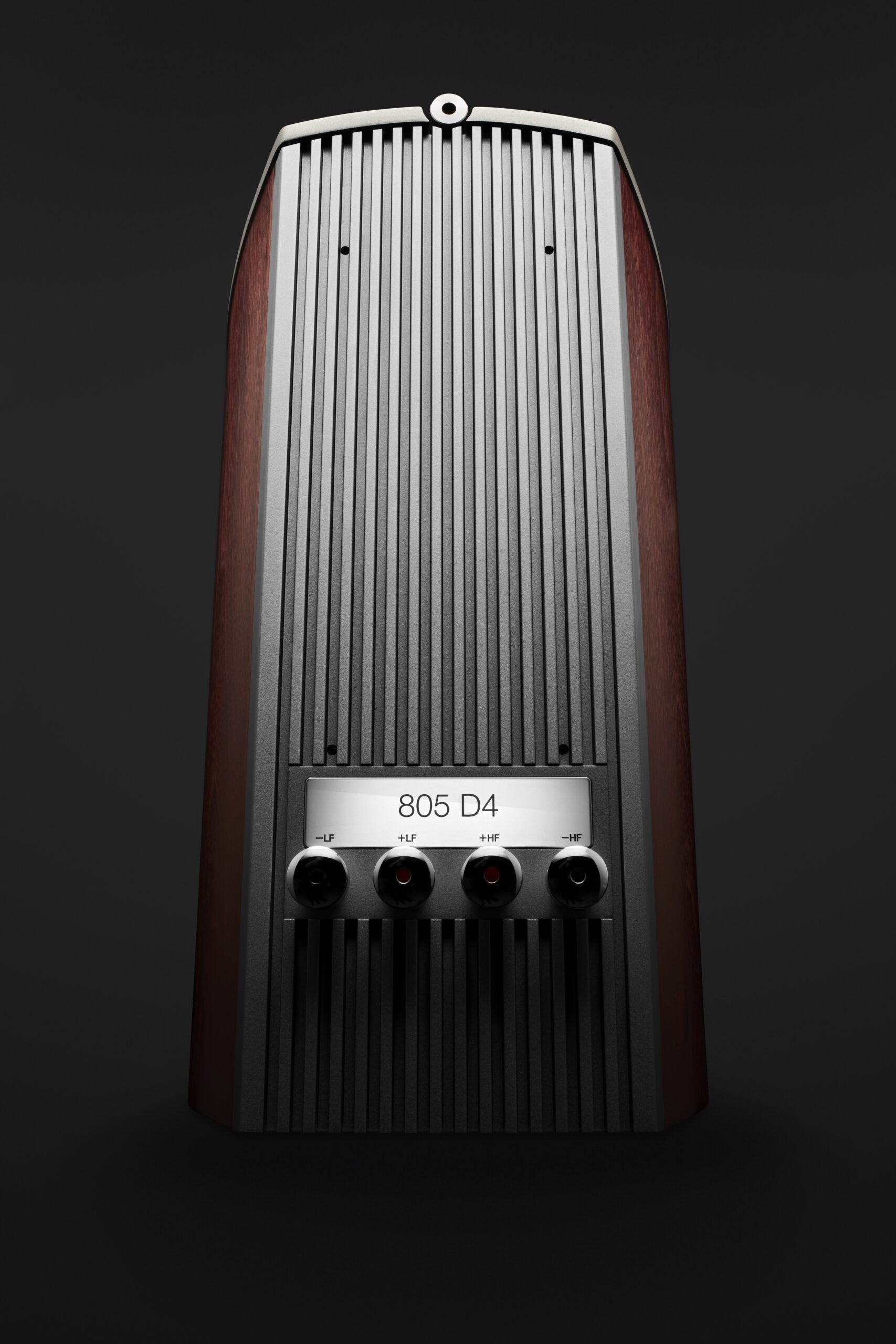
Seductive sound
I really liked the predecessor, the 805 D3, which was a breath of fresh air in the compact class and a pair of speakers I could live well and long with.
When B&W launched the sequel, I immediately regretted that I had not bought a pair of 805 D3. For they seem like a coup compared to the 805 D4, which has risen over 30 percent in price since I last heard the 805 D3. Therefore, I did not have too high expectations for the improvements of the 805 D4. They could not be worth the sharp price increase…
Alas, I was wrong.
A large part of the higher price of the speakers comes from the fact that the cabinet construction costs much more to make. The milled top plate and the knurled aluminum back plate are hell to manufacture. The new aluminum housing for the diamond tweeter takes longer to mill, sand and polish, and the components inside are also more expensive. This can be heard.
After a few rounds of both CD, vinyl and Tidal, I sat and looked for the one intelligent, poetic word that could sum up the experience. I ended up with the more prosaic ‘nice’, which was the most descriptive I could come up with.
For the new 805 D4 delivers such a cohesive, well-balanced and open sound that I quickly forgot the predecessor. The new ones are much better and actually manage to justify the sharp price increase. They have also become easier to drive; a Hegel H190 fit perfectly with the speakers.
The Bowers & Wilkins 805 D4 has the unusual combination of insight and openness that one looks for in a studio monitor. At the same time, the sound balance is a bit warm, rather than neutral, and it’s almost shocking to hear so many fine-grained details and nuances in the music. Most gratifying is to hear that the treble has become much more airy and even better focused than before.
This is because it gives the speakers a much more appealing sound image.
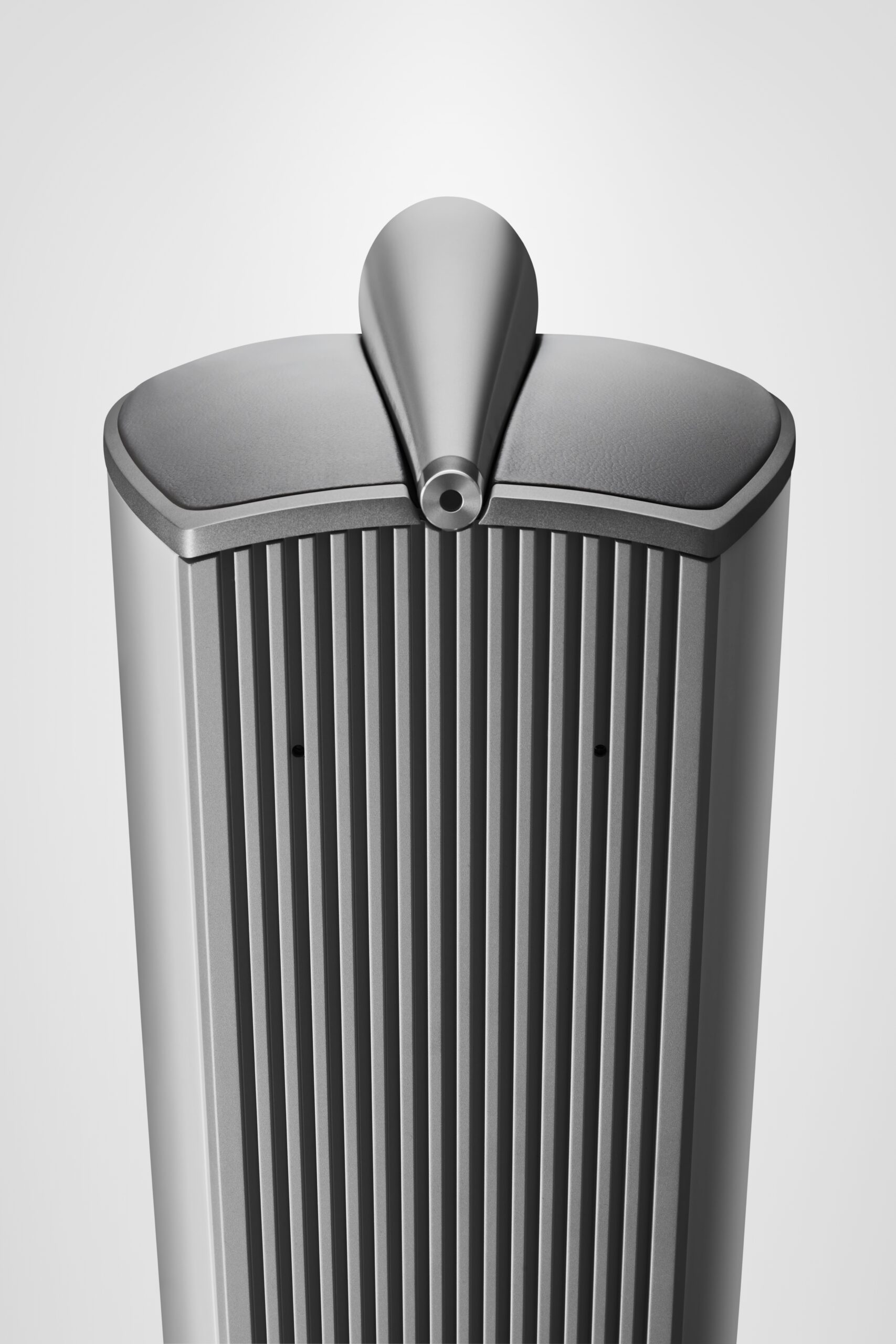
The deep sound of Leonard Cohen’s vocals on “Everybody Knows” sounds as if it comes from the hereafter. At the same time, the choir stands rock-solid in the background of the big sound image.
The bass line on Al Jarreau’s “Cold Duck” sounds extremely resolved, and in my ears the bass goes more than deep enough (42 Hz at -6 dB). This is confirmed by Bach’s Toccata & fugue in D minor, where the low octaves of the huge organ roll across the parquet floor with a convincingly low-frequency rumble.
The speakers actually manage to get frequencies below 40 Hz with, even with conviction. Something I also observed on pianist Brad Mehldau’s live recording from Tokyo. The B&W speakers have great control over the lower frequencies, and I failed to provoke any noise from the Flowport bass reflex port on the front.
But back to “Cold Duck,” where the pelvic beatings rarely sounded well-defined. The sound was uniquely natural and it did not sound either loud or distorted, even when I was playing loud.
Vocal sound is also an experience of 805 D4. Astrud and João Gilberto’s duets have long since become classics, and here the vocals get air and wings at the same time. It sounds really great, and when Stan Getz puts in the saxophone solo on “The Girl from Ipanema,” I lose my jaw.
You get a little overwhelmed by the wonderful sound in woodwinds, and how much sound depth actually comes out of the small speakers. Strings sound as airy as you can wish for and you just sit and enjoy it.
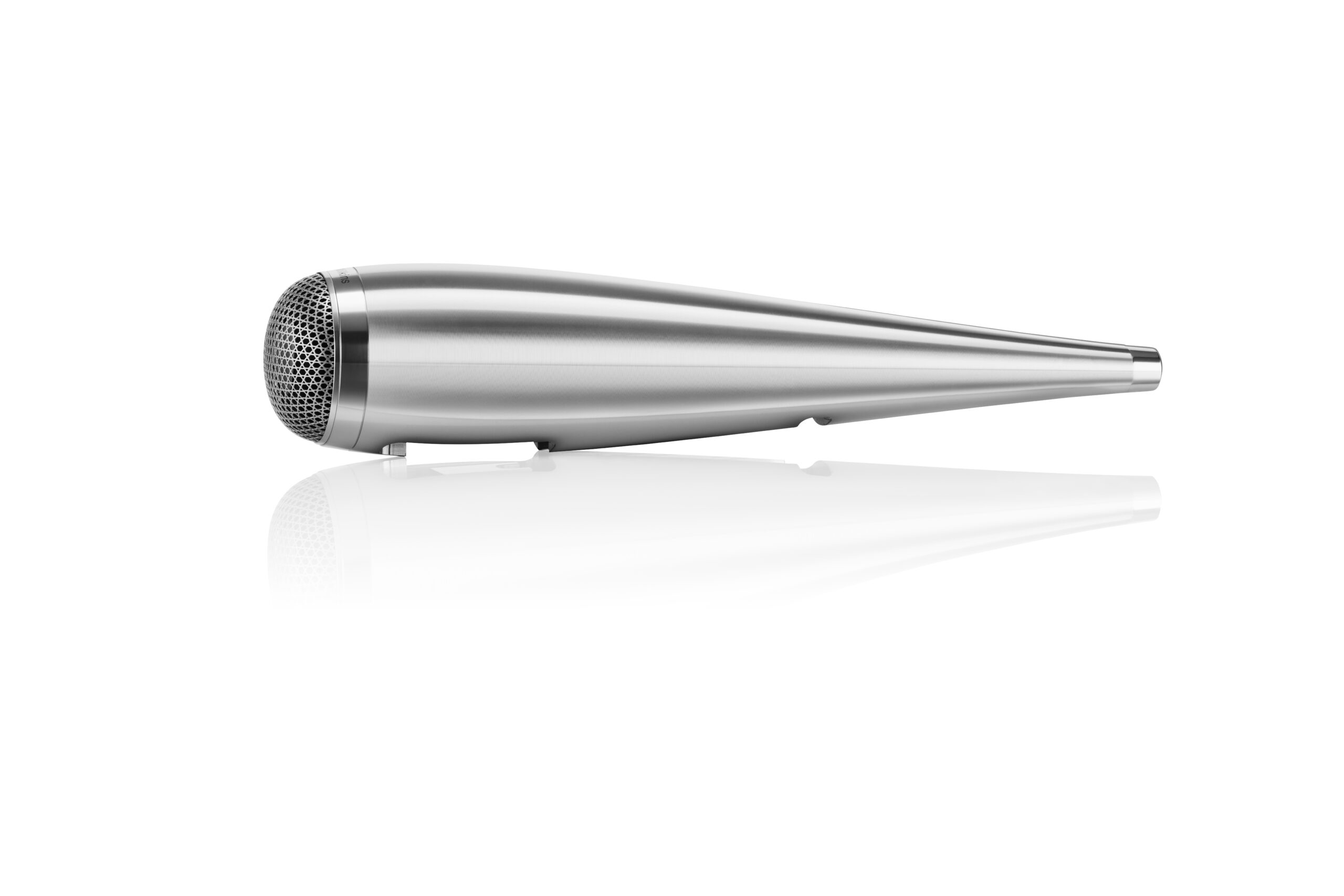
Competitors
In this price range, there are not very many alternatives. KEF Reference 1 is one of them, but they do not go that deep in the bass. Sonus faber Electa Amator III is another, but they also do not deliver the same depth at the bottom, and moreover, they are much more expensive. Dynaudio Confidence 20 is probably the closest you get to the bass quality from the 805 D4, but they are also significantly more expensive.
The Dynaudio speakers also demonstrate the single weakness that the Bowers & Wilkins speakers have: The dynamics are not exactly sparkling. There is no immediate lack of dynamism and the macrodynamics are simply unique, but they never slap the music in the face of you like a pair of Confidence 20s do. Not to mention a pair of Klipsch speakers.
But for me, this is not the most important. For the other qualities of the speakers mean more in my book.
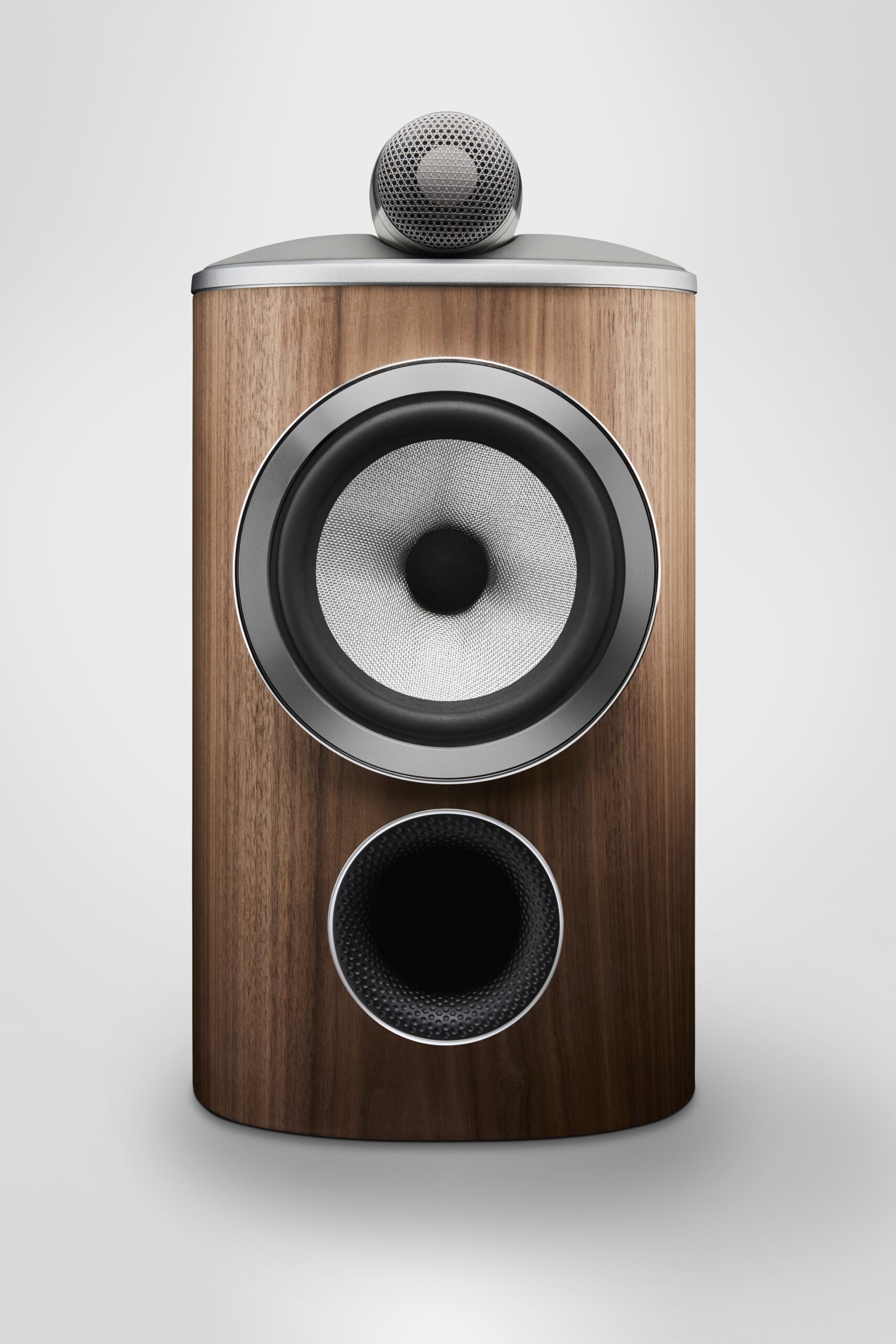
Conclusion
Whether the new Bowers & Wilkins 805 D4 is worth the money depends on the degree to which one values their qualities. There are many floor-standing speakers in the same price range, which go deeper, can play louder and have many of the same qualities.
But if you do not have room for floor-standing speakers, but instead a spacious budget, I would venture to say that you will not find better sound on compact speakers in this price range. Not only are they better than their predecessor, they also set the standard for sound quality, build quality and playing pleasure among compact speakers in the price range.
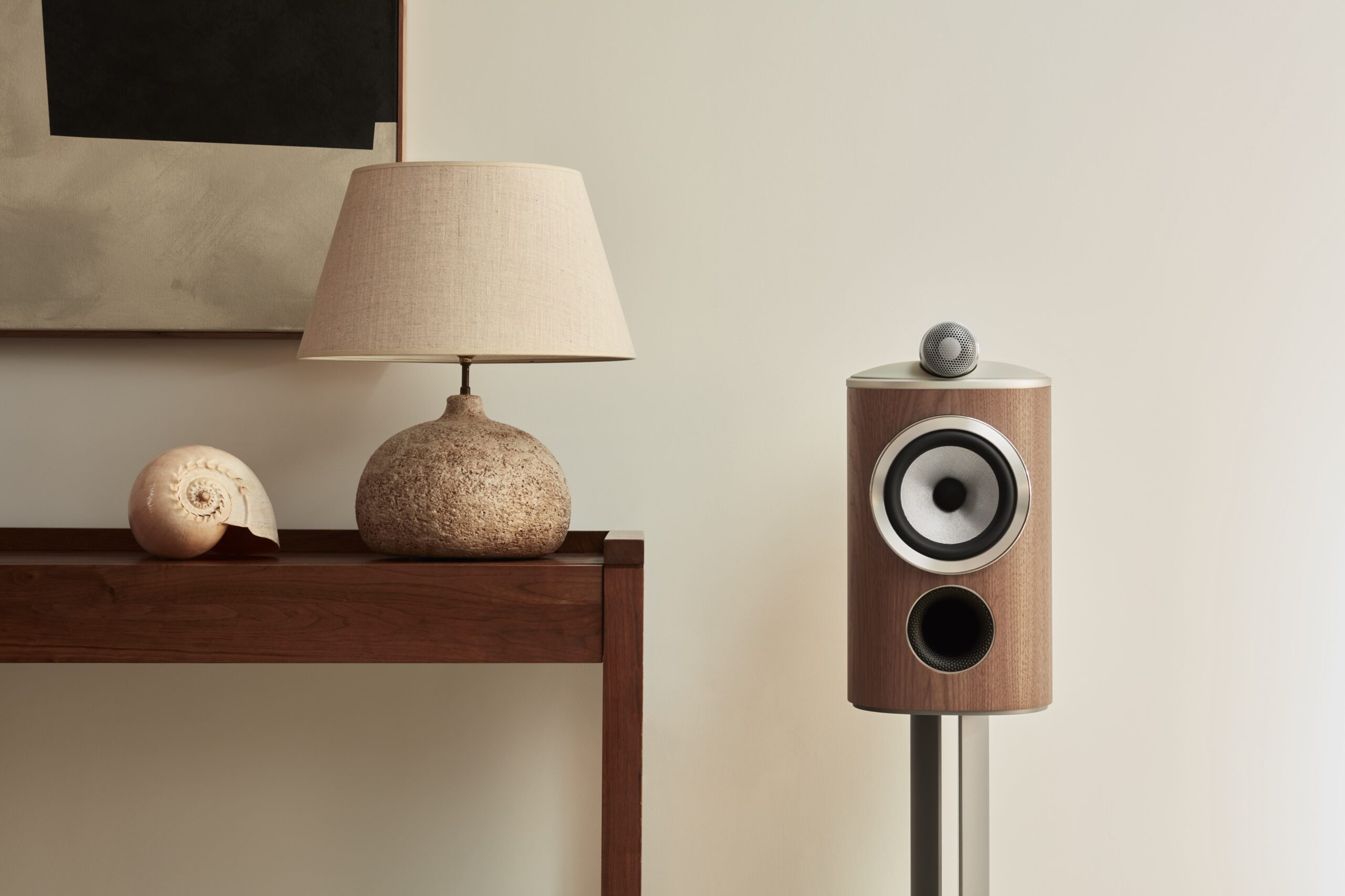

We think
A gem of a speaker with heavenly sound and a fantastic well-balanced sound image. A reference to eternity. A slightly restrained dynamic means that they do not play quite as hard and bold as one might wish.
7000 €
Specifications
- Type: 2-way with bass reflex
- Midwoofer: 6.5″ Continuum diaphragm
- Treble: 2.5 cm Diamond Dome
- Sensitivity: 88 dB
- Impedance: 8 ohms
- Frequency range: 34 Hz – 35 kHz (-6 dB)
- Sharing frequency: (not specified)
- Max. load: (not specified)
- Recommended amplifier power: 50-120 W
- Dimensions and weight: 33 x 24 x 37.3 cm / 15.55 kg
- Finish: Black, white, walnut or rosewood veneer
- Web: bowerswilkins.com
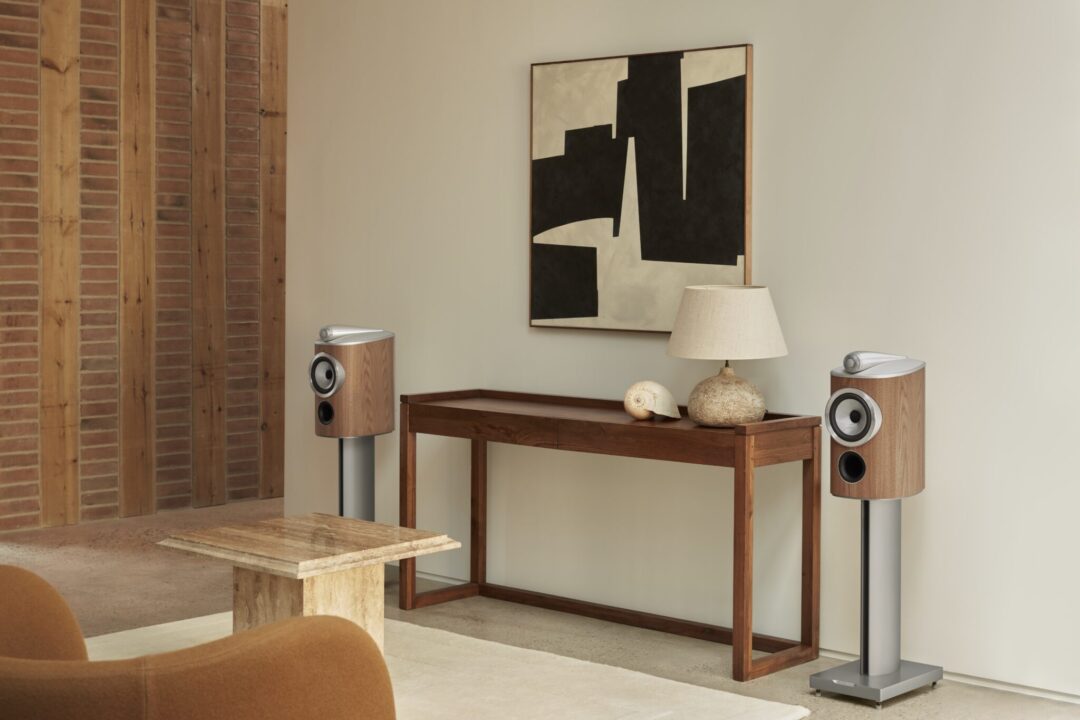

Review: Bowers & Wilkins 805 D4
May I know if Accuphase E-380 (120w@8ohm, 180w@4ohm) would be suitable integrated amplifier for this speaker? Enough power to drive? Thanks in advance!
They are a good set of speakers but if for me I own the 805 D3. I think those are a great pair of speakers. I myself don’t think they are worth the upgrade myself.
I disagree with this review to some extent. I myself own the Bowers and Wilkins 805 D3 and have auditioned the 805 D4. The way the review is speaking on this is saying there is a very big difference to sound. If i had to put a percentage to it as considering it being better meaning a little more transparent or with a level of warmth some id say its between 10 -13% improvement. As i’ve had this discussion with others this speaker wasnt for the shortcomings of the D3 it was just time for the next. Now if you want to make a comparision that really shows a dramatic difference that would reflect how different improved these sound it would be more of a leap say from the 805 D2 to the 805 D4. Now that is a huge leap or very audible upgrade. I don’t agree that its such a dramatic upgrade it derserved to have $8,500 spent before tax and not even counting the $1,200 stands. I agree they are a must because with speakers at this or even more expensive you’ll want them bolted down to the stand. From the perspective of owning the 805 D3 i see no reason at all to upgrade. The 805 D3 are amazing speakers that will last me years to come. The 805 D4 are for people who want to jump in to the 800 line or upgrade from at least the D2 or earlier. Then again there are people who love the older generations i totally respect that. This is so subjective and in the end its each person’s choice. I hope this helps anyone who has thought about upgrading from the 805 D3 to D4. If you can or you own the 805 D3 give the D4 a listen consider the amount of money you could invest in other parts of your system and not just the speakers alone.
I disagree with the review. Between the 805 D3 which I own and after auditioning the 805 D4 I would say there is a 10-13% improvement in the sound characteristic. Not worth $8,500 let alone the additional 1,200 for the stands. With an investment like this you’ll want them as secure as possible. An upgrade possible worth it would be coming from an 805 D2 or earlier generation. In my opinion there is at least a 40- 60% improvement in the sonic character between the D2 or earlier compared to the D4. Hope this helps.
I have the 705 S2. I would love to one day own the 805 D4. I like that new wood color. Bowers and Wilkins is my favorite speaker. Congratulations on a great series guys!
I was able through a lot of trail and error and experimentation and calibration achieve the 805 D4 SOUND ON MY 805 D3 WITH 99.9% accuracy to the D4. GREAT RESULT AND SAVED MYSELG 10,000 COUNTING THE SPEAKER stands
Steven – you would have likely listened to 703 S3, with few elements from Diamond line. Would you recommend used 805 D3 over new 703 S3, they are cost the same?
I have to retract my previous statements testing a/b them side by side with my own gear instead of a showroom showed how much better the D4 is
The 805 D4 are better than the D3. Through direct A/B comparison at home with my own gear did I really see the differences for myself.
Highly recommended. They do correct what the 805 d3 may have had short comings in. Big improvements